referred to as Ecuador. It is a country located in the northwest of South America, adjacent to Colombia in the north, connected to Peru in the south, and bordering the Pacific Ocean in the west.
The flag of Ecuador is rectangular, with a ratio of length to width of 2:1. The flag surface is composed of three connected rectangular shapes of yellow, blue, and red. Yellow accounts for 1/2 of the flag surface, and red and blue each account for 1/4. The center is painted with the national emblem. Yellow symbolizes the wealth of the country, sunshine, and food; blue symbolizes the blue sky, the ocean, and the magnificent Amazon River; and red symbolizes the blood of patriots who fought for freedom and justice.
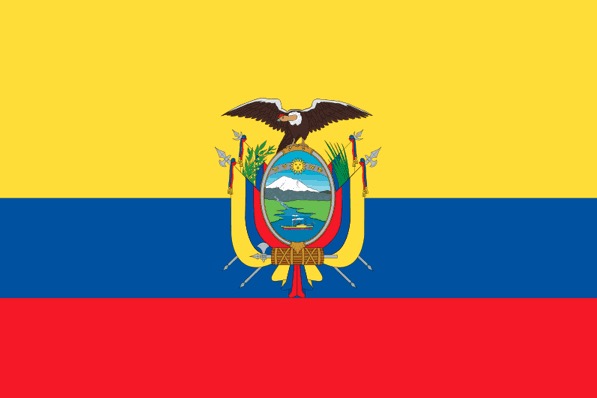
Ecuador is a relatively underdeveloped country in the South American region with a weak industrial base and slow agricultural development. The oil industry is the first major economic pillar in Ecuador.
In the early days, it was the residence of Indian tribes. It was incorporated into the Inca Empire in the 15th century.
In 1532, it became a Spanish colony. From 1544 to 1563, Ecuador belonged to the Peru Viceroyalty of Spanish Latin America. After 1720, Ecuador joined the newly established Viceroyalty of New Granada.
On August 10, 1809, it declared independence. In 1822, it joined the “Great Colombia Republic” composed of Colombia, Venezuela, and Panama. In 1830, it declared its withdrawal from Great Colombia and established the Republic of Ecuador.
Quito is the capital and the second-largest city in Ecuador, as well as the political, economic, cultural, and transportation center. It is located in the canyon zone on the southern slope of the Pichincha Volcano south of the equator line, 24 kilometers away from the equator line. It is one of the capitals in the world that is closest to the equator. The climate is pleasant, with spring-like weather throughout the year, and it is one of the places with the smallest annual temperature difference in the world, with an annual average temperature of 13.5 °C. The city is divided into three parts: the south, the middle, and the north, among which the central old city is the location of the presidential palace. The old city of Quito was included in the World Heritage List by UNESCO in 1978. The new northern area has many modern buildings, and banks and financial institutions are mostly concentrated here. The southern new area brings together factories and enterprises. Quito is also an important industrial city in Ecuador and one of the agricultural and animal husbandry bases in the Pichincha province, with main industrial categories including textiles, clothing, food, metal machinery, chemicals, medicine, tobacco, and leather tanning.
Guayaquil is the largest city in Ecuador and the main port on the Pacific coast. Located in the Guayas River on the right bank of the Guayas Bay in the southwest of the country, it is known as the “pearl of the coastal area of the Pacific Ocean”. Guayaquil is the largest commercial and industrial city in Ecuador and the largest coastal port city.
The main products in Ecuador include potatoes, corn, rice, cocoa, bananas, coffee, etc.
The local currency is the US dollar. Some restaurants and larger stores can use credit cards.
The local price level is relatively high, and the prices of almost all daily necessities are more expensive than in China. However, the supply is generally sufficient, and basically, the required items can be purchased in the market or supermarket.
Population
The total population is 18 million. Among them, the mixed race of Indians and Europeans accounts for 77.42%, the Indians account for 6.83%, the whites account for 10.46%, the mixed race of blacks and whites accounts for 2.74%, and the blacks and other races account for 2.55%.
Official language is Spanish, and the Kichua language is commonly used by the Indians.
95% of the residents believe in Catholicism.
Public Holidays in Ecuador
Festival profile
January 1st
New Year’s Day – Traditional religious festivals are celebrated in the capital city of Ecuador, Quito.
January 6th
Three Kings’ Day.
February 12th
Discovery of the Amazon River Memorial Day.
February 27th
National Community Spirit Day.
May 1st
International Labor Day – There are parades across the country to pay tribute to the world’s workers.
May 24th
Pichincha War Memorial Day – This battle was an important battle for fighting for independence from the Spanish colonizers. Although the date of this festival may vary according to the religious calendar, its grandeur is always grand. The entire national army and the people will hold major commemorations and parades.
June 24th
St. John the Bishop’s Day – Mainly celebrated in the Otavalo region and the highland region.
June 29th
St. Paul and Beatty Festival – Mainly celebrated in the Otavalo region and the highland region.
July 24th
Simón Bolivar’s birthday anniversary – Simón Bolivar is the pioneer of the liberation movement in the entire South American region, and the whole country will celebrate the acquisition of freedom with singing and dancing.
July 25th
The anniversary of the founding of the city of Guayaquil – Especially in the city of Guayaquil, the entire city will be paralyzed for two days, celebrating Simón Bolivar’s birthday and the anniversary of the founding of the city of Guayaquil.
August 10th
Independence Day of the capital, Quito.
October 12th
Colombian Day – This festival commemorates Columbus’ discovery of the New World in 1492.
November 1st
All Saints’ Day.
November 2nd
All Souls’ Day – When this day arrives, the whole family will gather at the ancestors’ tombs, sing and dance, eat and drink to the full, and then offer flowers and offerings to the deceased.
November 11th
Lartacague Independence Day.
December 6th
Day of the founders of Quito – In the first week of December, Quito is immersed in a joyful atmosphere. People participate in bullfighting, watch parades in the streets and alleys, and drive open-top cars to take a cruise.
December 24th
Christmas.
December 28th to 31st
Year-end Grand Celebration – Starting with the celebration of the simple festival, the whole country is immersed in a festive atmosphere, and people burn straw dolls on the road, meaning that the whole country enters the new year in a jubilant mood.
Ecuador is a developed tourist country, and there are hardly a few countries like Ecuador, which although not large in area, has such a rich culture and geographical features. Such a place with a brilliant history and natural scenery is currently not a well-known tourist destination in South America, so tourists who come to Ecuador have more of their own free time. The Galápagos Islands in Ecuador have a unique ecosystem and are known as the “living museum of biological evolution”, and have been declared as “natural wealth of humanity” by UNESCO.
The main tourist attractions include the Galápagos Islands, the old city of Quito, the Bread Mountain Goddess statue, the Independence Square, the Pichincha Volcano, the Equator Monument, the Conpancha Church, the San Francisco Monastery, the Guayasamín Museum, etc.
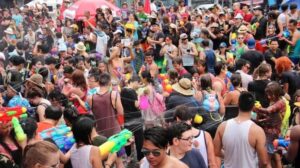
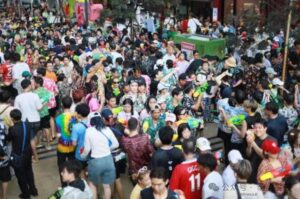
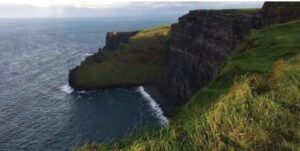
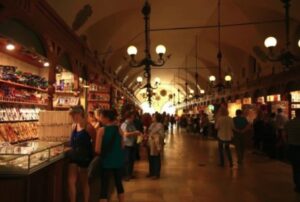
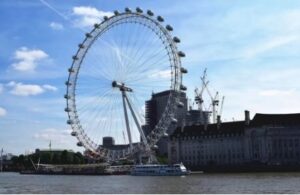
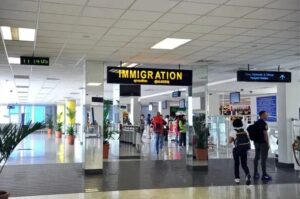
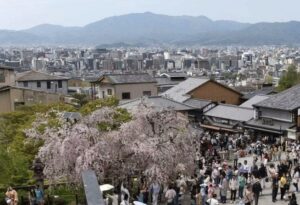
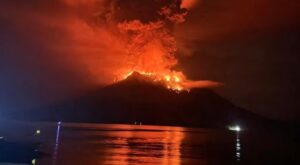
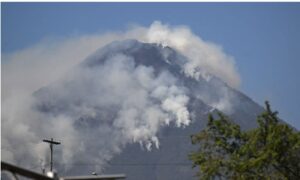
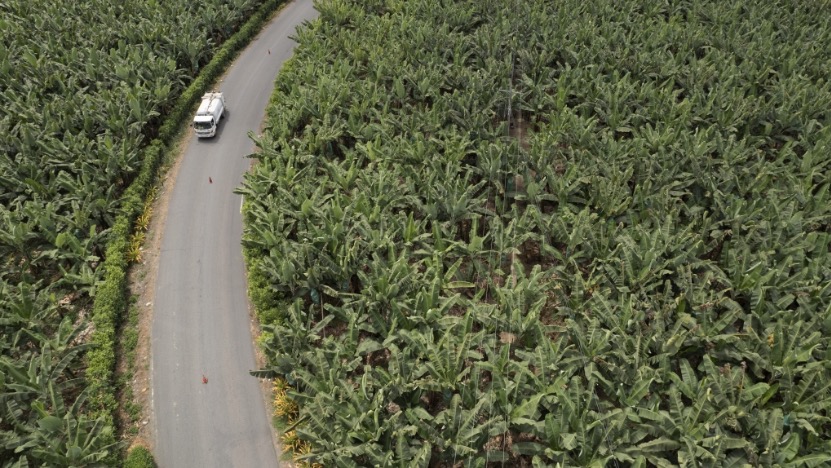
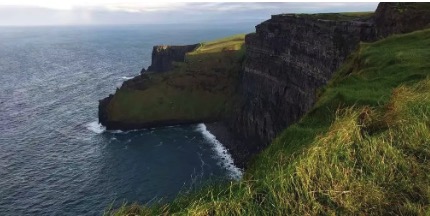
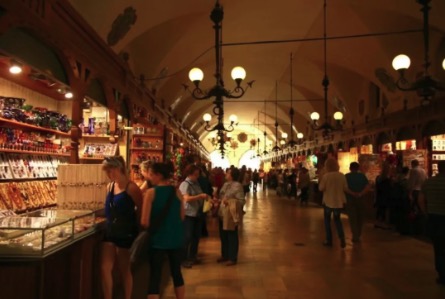
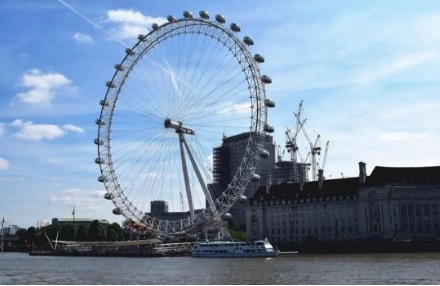
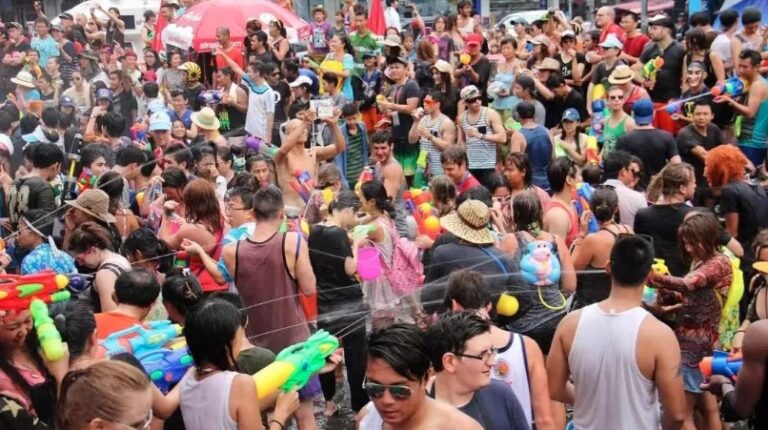
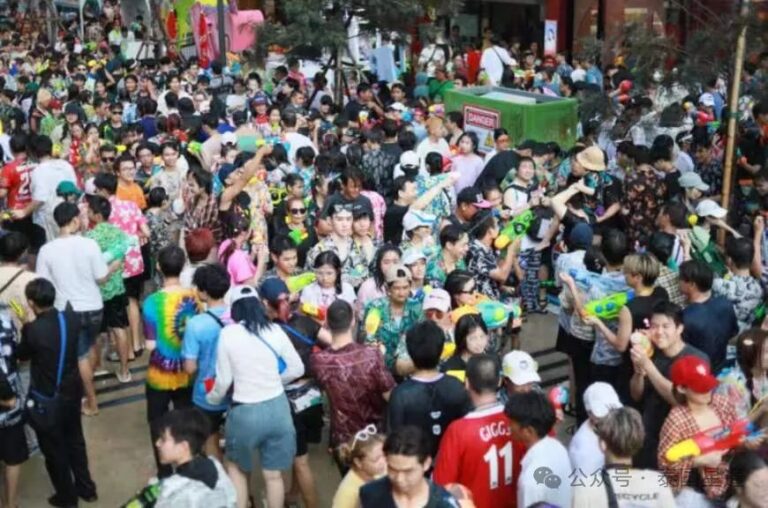
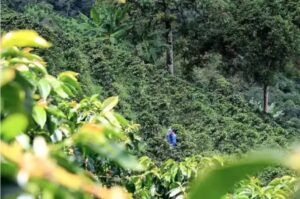
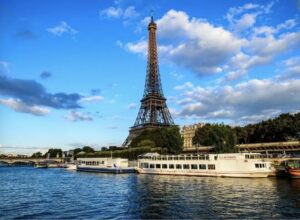

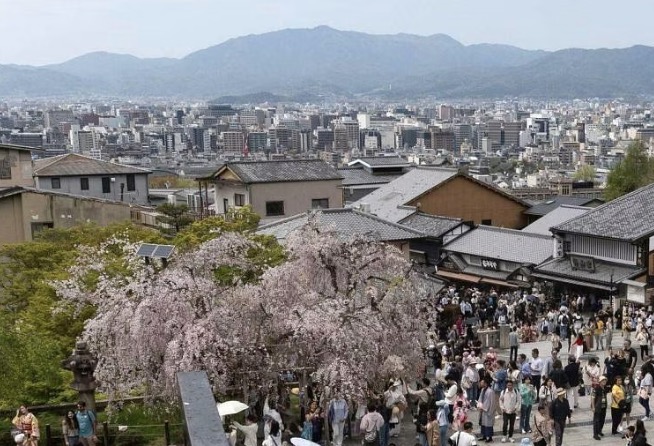
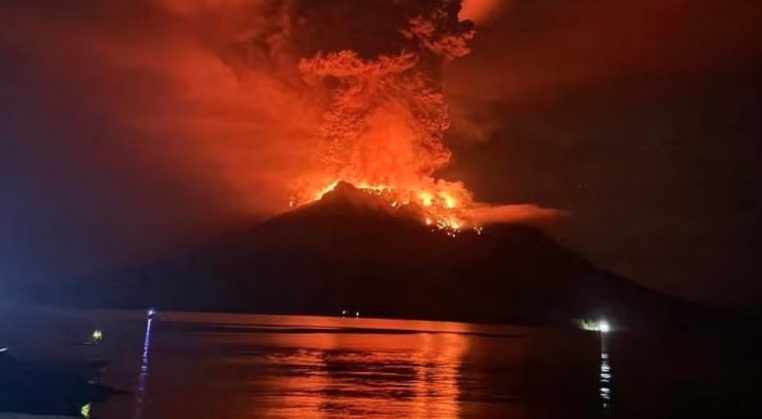
+ There are no comments
Add yours